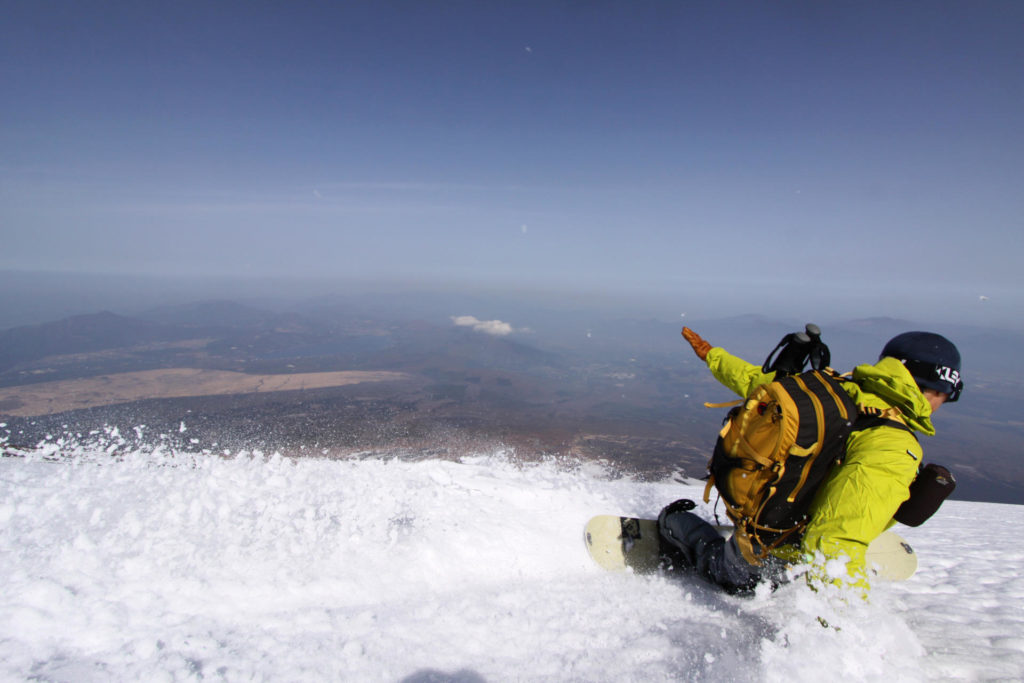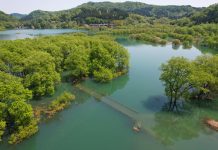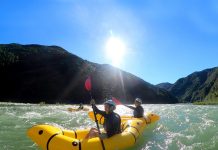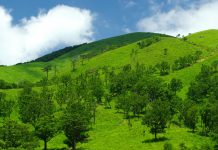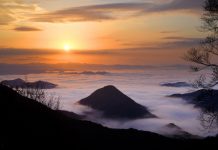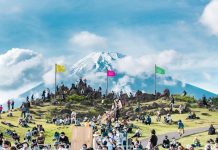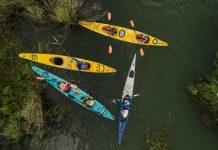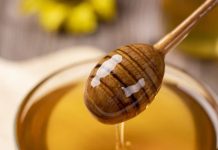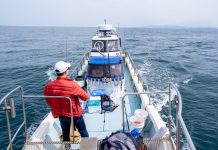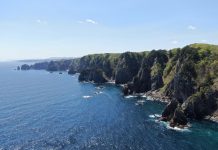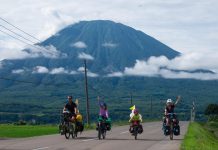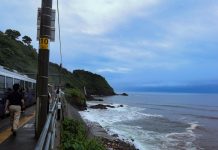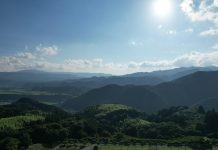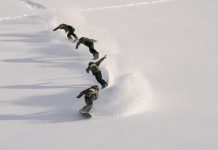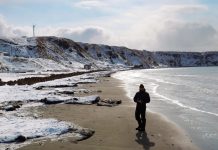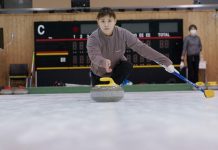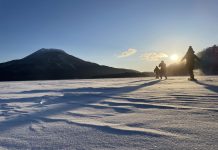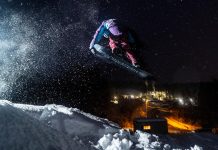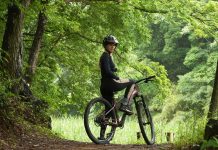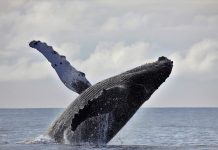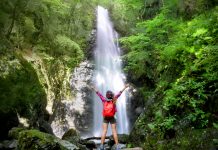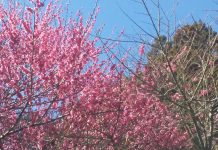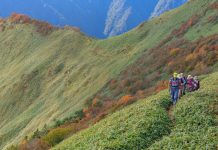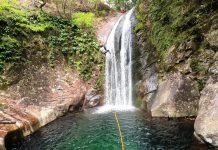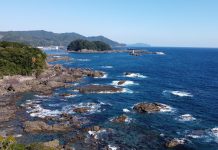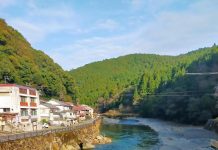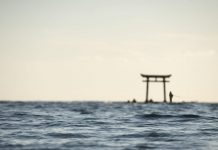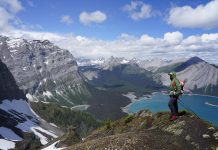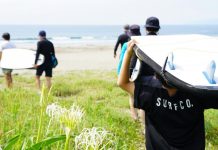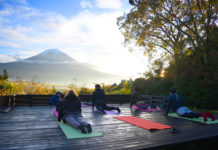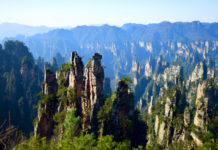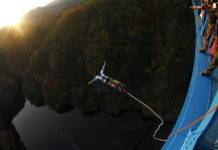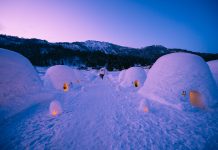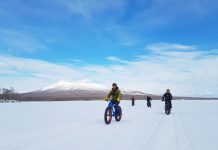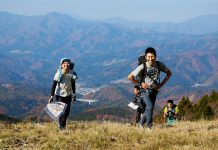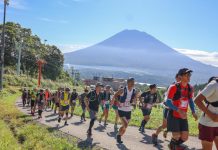Mt. Fuji could easily be anointed the tourism ambassador for Japan. Look at any postcard or travel poster featuring the mountain (there are many), and inevitably you’ll find the symmetrical mountain topped with snow. Most visitors to Japan (or residents, for that matter), doubtfully consider the mountain is covered with snow for nearly half the year, from the end of November to the latter half of May.
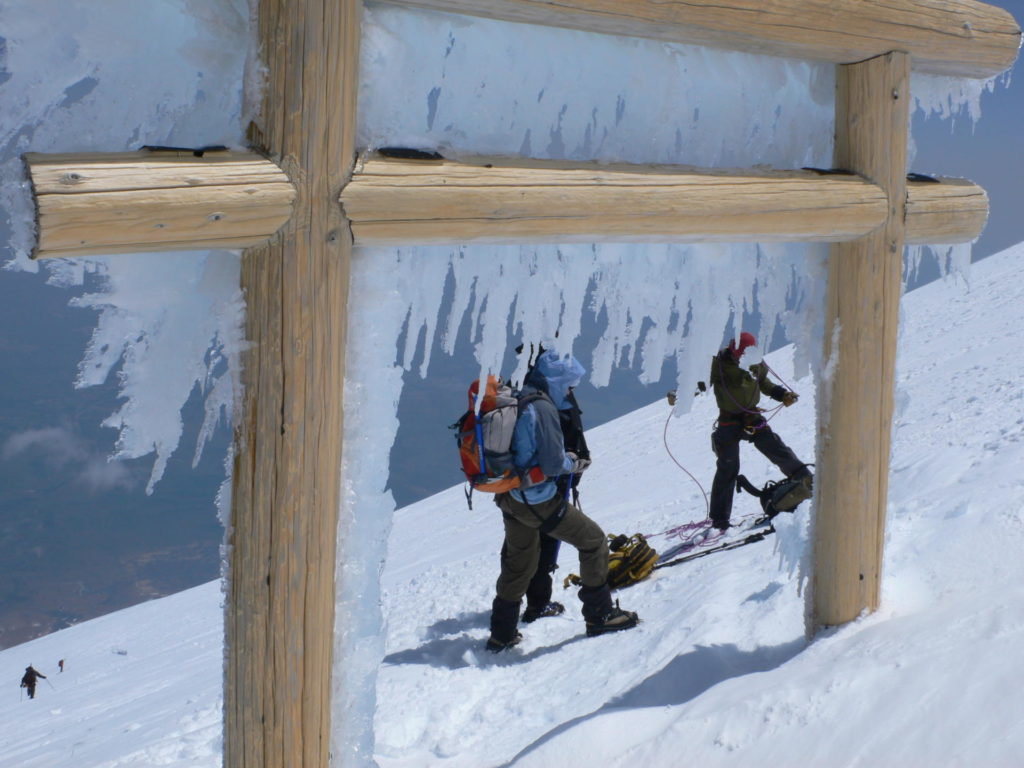
Millions of people gaze upon Mt. Fuji from various places in Japan, but how many look up at that snow-capped Mt. Fuji and think, “I’d like to ski up there?” For backcountry riders such as myself, it’s in our blood to see snow and think, “I wonder if I could slide there?” When we look at a mountain in the summer, we think, “Could you ride it when there’s snow on the peak?”
There are lots of legends about when Fuji was first climbed: some say in the fifth century by the famous prince Shotoku Taishi, others say En no Gyoja, the mountain priest, first made the summit in the sixth century. But who was the irreverent person (the direct ancestor of us backcountry riders today) who first dared to ski on this holy mountain?
It was in the Meiji Era; it was the man who introduced alpine skiing to Japan, Austrian Maj. Theodore von Lerch. His main reason for coming to Japan was to investigate why the tiny country of Japan had been able to beat Russia, one of the world’s great powers, in the Japan-Russia War.
But, during his year-and-a-half stay, he probably got bewitched by Japan’s amazing powder snow. We do know he climbed many Japanese peaks and left his tracks across their snowy faces.
He visited Mt. Fuji in April of 1902 and successfully skied down from about 3,600 meters, not far from the summit. The first time someone actually skied down from the rim of the mountain at 3,776 meters, was in March of 1926, according to Kyuya Fukuda, the man who published Hyakumeizan: 100 Famous Mountains of Japan.
They were skiing on what we’d consider pretty poor equipment by today’s standards. These legendary skiers climbed all the way from the base of the mountain with both passion and strength. I admire them for it.
For those of us today inspired by this spirit of adventure to ski Mt. Fuji, when is the best time to go? With its location close to the Pacific Ocean, Mt. Fuji has relatively good weather for much of the winter.
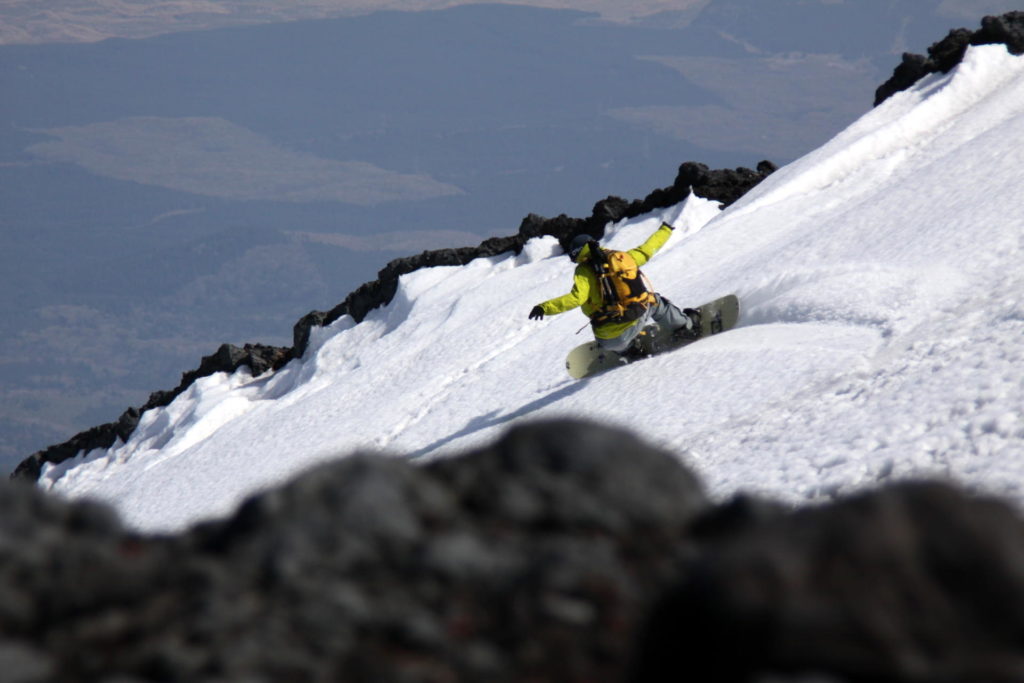
The weather pattern that brings powder snow to the famous resorts of Hakuba on Honshu or Niseko in Hokkaido is largely due to high pressure cells to the west and low pressure to the east but, even so, the weather usually is pretty good on Fuji. At the same time, strong northwest winds on the summit blow away new snow, with the blasting wind turning the slopes to ice.
In the coldest period, it’s not possible to ski from the summit of the mountain. Even climbing to the summit is very difficult due to the ice; skiing down is just too risky. Try to imagine an ice skating rink with an average slope angle of 35 degrees. Skiing is supposed to be fun, after all, and that definitely would not be enjoyable.
The goddess of Mt. Fuji, Konohanasakuya-hime, sleeps through the winter, and doesn’t wake up until April. But this beautiful goddess of the mountain is also known for waking up fitfully so, even if you say April, it’s possible she will get suddenly angry and lash out with a wind as cold as mid-winter, turning all the delightful soft corn snow slopes right back into the vertical ice rink. April is still a little too early.
In general, the weather starts to stabilize, the slopes turn to corn snow, and climbers and backcountry skiers start to have their fun from about the end of April on the south side, and from the start of May on the north side of the mountain. A lot of readers have probably heard skiing is forbidden on Mt. Fuji but, strictly speaking, there are no legal restrictions.
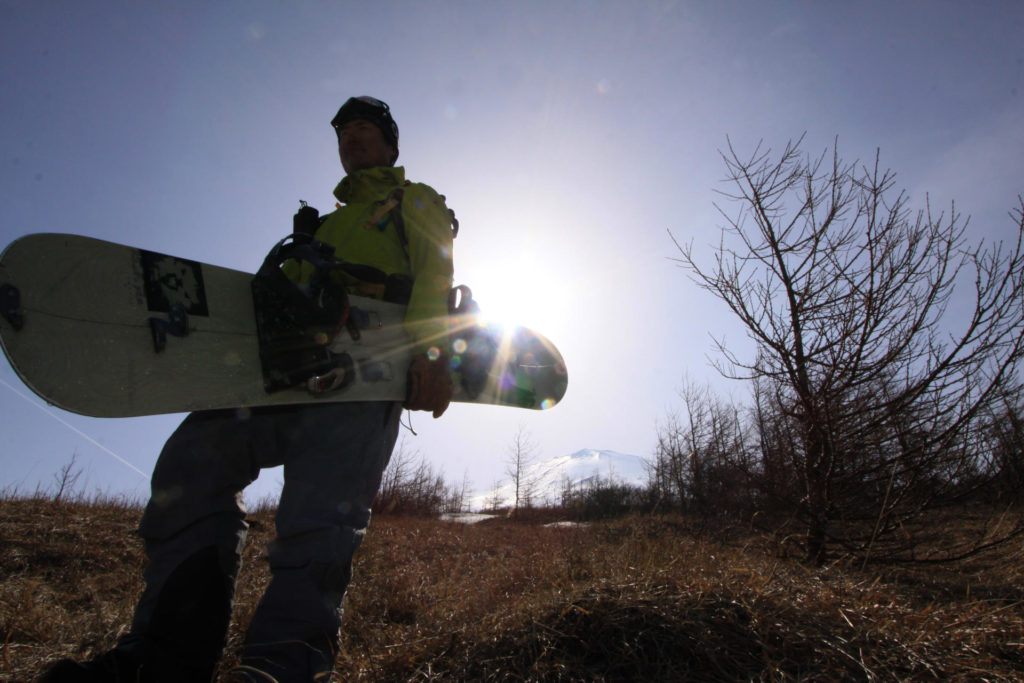
However, anyone climbing the mountain, including backcountry skiers, should file a climbing plan form with the local police. Speaking strictly again, there actually isn’t any legal requirement to file the form but, if something were to happen and climbers were stranded or needed to be evacuated, having the plan on file makes it a lot easier for the police and volunteer search and rescue teams to provide assistance while also reducing the risk to themselves.
File the climbing plan. It shows good etiquette, is the right thing to do and is responsible risk management.
Also, while you prepare for the worst conditions, there’s absolutely no reason to be going out and fighting high-risk situations. Backcountry skiing on Mt. Fuji is completely different from skiing on a normal resort hill. Sorry to say, but it would be impossible for a tourist to show up in rental skis and boots and expect to ski down from the summit.
You have to have some advanced equipment and basic skills, such as using crampons and an ice axe, the ability to judge the weather and knowledge of things such as avalanche risk management.
Knowing the weather is especially important. Cold, cloudy or windy days are all good times to just say no. If that nice corn snow freezes up, it is almost impossible to get a ski edge into it and, if you lose an edge, it could easily mean a slide of 1,000 meters or more—and every year several skiers lose their lives up here.
Climbing to the summit and descending on a windless, clear day is ideal, but even then you can’t focus too much on the conditions. If you’re planning on skiing down from the summit, you should be on the summit by noon and skiing before shadows start to appear on the slopes. You only have a few hours during the day when that frozen snow turns to corn, so your ski’s edges can bite into the surface, and you can have a fun, safe descent from the summit.
If the conditions are right, you can stand on the summit looking down toward Go-Go-Me (the fifth station) at 1,700 meters, knowing you’ll have a great big run all the way down. Imagine the feeling of that priceless view from the summit all the way down the slopes…
On the south side, the view feels like you can dive down into Suruga Bay into the Pacific; Yoshida Ozawa on the north side is a desolate place where you descend between rock faces and, if your timing is especially good, you might even enjoy some deep dry corn snow for your descent. Really good corn snow happens when the snow, which becomes ice at night, warms fiercely in the sun of the day, with very low humidity.
At the elevation that Mt. Fuji stands, it’s below freezing everywhere from the fifth station and above. The snow that freezes during the cold night warms up in the spring sun during the day, and then the whole cycle repeats again and again. So the grains of corn snow get bigger and bigger, and their depth continues to increase.
It’s spring, so it’s fun, but it’s very different from powder snow skiing. Even if you have ideal corn snow conditions, it’s still going to be more difficult than perfect powder snow conditions. Just for that reason, it’s best to ski Mt. Fuji only when the conditions are at their best.
When skiing was first introduced to Japan, there were no ski areas, so all skiing was natural mountain skiing. People such as Theodore von Lerch or Kyuya Fukuda were driven by that passion to take on this challenge, I’d like to think.
It has been 100 years since Lerch hit the slopes but, when the snow falls, many of us hear the same voice in the wind, calling us to lay down some turns on Japan’s most sacred mountain, Mt. Fuji.
